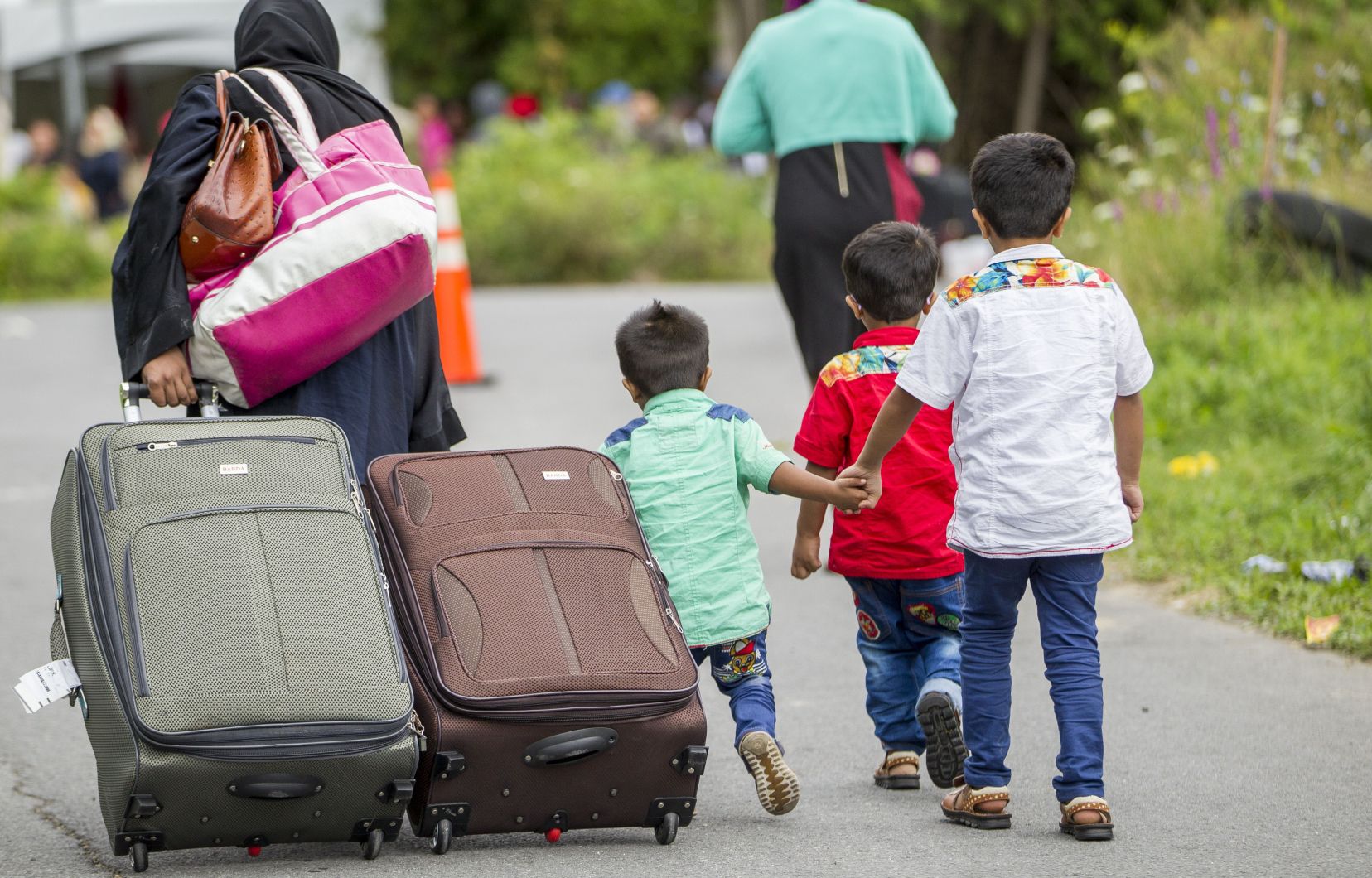Ottawa has already put on the table an elaborate proposal for a temporary accommodation network for asylum seekers, as requested by Quebec, according to documents obtained by Duty. The “voluntary relocation” model presented to all provinces relies on incentives, including financial ones, to convince up to 47,000 applicants to relocate elsewhere in the country.
While relations between Quebec and Ottawa are increasingly tense on these issues, Prime Minister François Legault on Tuesday urged the federal government to find solutions, in particular by creating “waiting zones”. This idea was presented in two paragraphs in a letter sent to Ottawa and dated last July. The possibility of limiting the work permit to a geographical area was also mentioned.
Ottawa’s distribution model focuses instead on applicants who need immediate housing assistance. Upon arrival, applicants who do not have any accommodation already planned would be transported to temporary accommodation centers. Those who are in hotels funded by Immigration, Refugees and Citizenship Canada (IRCC), or places managed by the province or municipalities, would be consulted to find out if they wish to be rehoused, also detail the documents obtained.
This would involve, for example, providing them with information on the reception capacity of other jurisdictions or the availability of jobs by area or housing.
“Informed consent” and explicit in a form would therefore be required for distribution. It would then be IRCC which would take care of assigning the applicants to a new province and coordinating their transportation.
“Tangible solutions already exist,” maintains the office of federal Immigration Minister Marc Miller, when questioned about this model.
Modeling submitted to all provinces also shows that Quebec could remove 47,000 asylum seekers if voluntary distribution operated at full capacity. The province would then have a little more than 51,000 people in this category, which corresponds to its share of the country’s population (22%).
In terms of incentives, the federal government has also promised $1.1 billion over three years to strengthen the capacities of provinces that raise their hands to house these people. This envelope is in addition to that confirmed in June in Quebec of 750 million to cover expenses from 2021 to 2023 for services offered to applicants, and the regular annual transfer to the province which amounts to 775 million dollars this year.
Two approaches
These two proposals contrast in approach: Quebec puts forward more coercive measures, while Ottawa focuses on information and incentives.
The “waiting zones” mentioned by Mr. Legault during his visit to France on Tuesday involve mobility control, confirms Adèle Garnier, professor of geography at Laval University. “You are in a defined area inside the airport and immobilized in this area, unless you are taken to sleep at the hotel. You are not free to move around and it is a form of detention, even if you are not in a cell,” she explains.
Human rights defenders are opposed to these zones in France, specifies the researcher. It is not a decision on the merits of the request that is taken in these areas, but rather on their initial admissibility.
Furthermore, not all asylum seekers submit their applications directly at the border, and would therefore not pass through the waiting zones. Around 40% of requests were made in Quebec in 2024 in offices within the territory, rather than at the airport or at the land border.
The number of new asylum requests has also declined in the last three months in Quebec, going from an average of 5,200 in January to 3,758 for the month of August. The number of applicants accommodated in hotels reserved by the federal government in Quebec has also been divided by 10 since the start of the year, falling to around 225 in the last few weeks. The two provincially managed temporary accommodation centers currently only have around 70 beds available out of a total of 1,150.
Mme Garnier deplores the politicization of these issues: “It is dangerous, because it is happening on the backs of people who do not vote. […] But it is a reckless speech which does not resolve any fundamental problem. »
Politicization
“Voluntary relocation” can only work if the other provinces agree to do their part, Minister Miller has repeatedly emphasized, inviting Mr. Legault to make his own representations to his counterparts.
Quebec is putting pressure on its side so that the refractory provinces expose themselves to more consequences. The Minister of Immigration, Jean-François Roberge, deplored last Saturday not seeing “any progress” from Ottawa. He said earlier last week that there was “no progress” and that the federal government “ [refusait] to commit to equitable distribution.
Both levels of government accuse each other of inaction. “I think they [à Québec] are not interested in concrete solutions,” Mr. Miller said in a press scrum on Tuesday.
In a letter to Mr. Roberge to “set the record straight”, he criticizes Quebec in particular for continuing to count already approved asylum seekers as temporary, when they could already be permanent “due to the annual cap”.
There are in fact approximately 30,000 applicants already approved (protected persons) on Quebec territory, as has already been revealed Dutywith an annual target from the Legault government of 3,550 per year.
Mr. Miller said Tuesday that he has not yet received Quebec’s plan to reduce the number of temporary residents. Mr. Legault, for his part, argues that he only has jurisdiction over 180,000 of the 600,000 temporary immigrants.
